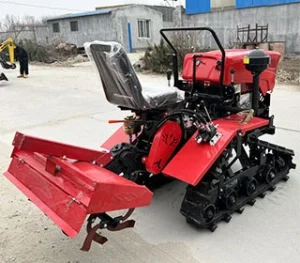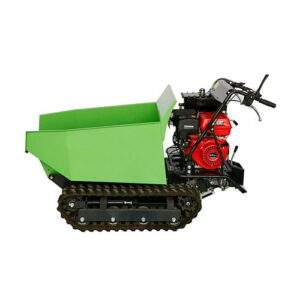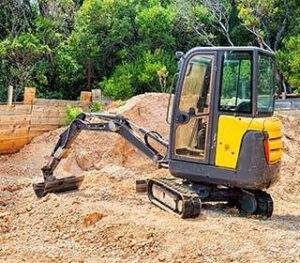How Agricultural Drones for Spraying Are Revolutionizing Modern Farming
Introduction
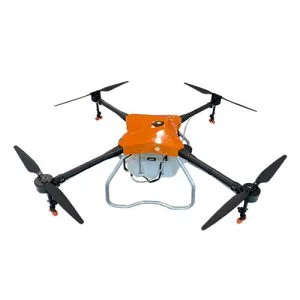
Agricultural drones for spraying are transforming the landscape of modern farming by introducing advanced technology to traditional agricultural practices. These unmanned aerial vehicles (UAVs) are equipped with precision spraying systems that enhance the efficiency and effectiveness of crop management. In this blog, we will explore how agricultural drones for spraying are revolutionizing farming, including their benefits, technologies, applications, and future prospects.
What Are Agricultural Drones for Spraying?
Agricultural drones for spraying are specialized UAVs designed to apply pesticides, herbicides, and fertilizers to crops from the air. These drones are equipped with sophisticated spraying systems that ensure even distribution of chemicals over large areas, optimizing the use of resources and improving crop health.
Features of Agricultural Drones for Spraying
- Precision Spraying Systems: These systems are designed to deliver chemicals accurately and evenly.
- GPS and Mapping Technologies: Enable precise navigation and coverage.
- High-Capacity Tanks: Allow for extended operation times without frequent refills.
- Automated Flight Patterns: Facilitate efficient and consistent application.
The Benefits of Using Agricultural Drones for Spraying
Agricultural drones for spraying offer numerous advantages that contribute to their growing popularity in modern farming practices. Here are some key benefits:
Increased Efficiency
Agricultural drones for spraying can cover large areas quickly compared to traditional ground-based methods. Their ability to fly over fields and apply chemicals in a precise manner reduces the time and labor required for crop management.
Improved Precision
Precision is critical in agriculture to avoid over-application or under-application of chemicals. Agricultural drones for spraying use advanced sensors and GPS technology to ensure accurate and uniform application, leading to better crop health and reduced wastage.
Reduced Environmental Impact
By optimizing the amount and distribution of chemicals, agricultural drones for spraying help minimize the environmental impact of farming. Reduced chemical runoff and targeted application contribute to more sustainable farming practices.
Enhanced Safety
Using drones for spraying reduces human exposure to potentially harmful chemicals. This enhances safety for farmers and field workers, minimizing health risks associated with chemical handling.
Cost Savings
While the initial investment in agricultural drones for spraying may be significant, the long-term savings in labor, resources, and improved crop yields can offset these costs. Drones can also help identify and address issues early, potentially reducing the need for expensive treatments later.
How Agricultural Drones for Spraying Work
Understanding the technology behind agricultural drones for spraying helps appreciate their role in modern farming. Here’s a breakdown of how these drones operate:
Flight Planning
Farmers or operators use software to plan the drone’s flight path. This includes defining the area to be sprayed, setting the desired flight altitude, and specifying the application rate of chemicals.
Navigation and Mapping
Equipped with GPS and mapping technologies, agricultural drones navigate over the field following the predefined flight path. Real-time mapping and data collection ensure accurate coverage.
Chemical Application
The drone’s spraying system releases chemicals through nozzles or dispersal mechanisms. Advanced drones use sensors to adjust the spraying rate based on factors such as wind speed and crop density.
Data Collection
Many agricultural drones for spraying are equipped with cameras and sensors to collect data on crop health and field conditions. This data can be used for analysis and decision-making.
Applications of Agricultural Drones for Spraying
Agricultural drones for spraying are used in various applications, each benefiting from the technology’s precision and efficiency:
Pesticide Application
Drones are used to apply pesticides evenly across large fields, helping control pests and diseases while minimizing the risk of pesticide resistance.
Fertilizer Application
Drones facilitate the precise application of fertilizers, ensuring optimal nutrient distribution and reducing the risk of over-fertilization.
Herbicide Application
Efficient herbicide application with drones helps manage weed populations effectively, reducing competition for resources and improving crop yields.
Disease Monitoring
Drones equipped with imaging technology can detect early signs of crop diseases, enabling timely intervention and reducing the need for widespread chemical application.
Advantages of Agricultural Drones for Spraying vs. Traditional Spraying Methods
| Aspect | Agricultural Drones for Spraying | Traditional Spraying Methods |
|---|---|---|
| Coverage Efficiency | High; can cover large areas quickly and precisely | Moderate; slower and less efficient for large fields |
| Precision | High; uses GPS and mapping technology for precise application | Lower; potential for uneven application and waste |
| Labor Requirements | Low; reduces the need for manual labor | High; requires more manual intervention and labor |
| Environmental Impact | Reduced; minimizes chemical runoff and over-application | Higher; increased risk of runoff and environmental impact |
| Safety | Improved; reduces human exposure to chemicals | Lower; higher risk of chemical exposure to workers |
| Operational Costs | Variable; initial investment is high, but long-term savings can be significant | Often lower initial costs, but higher ongoing labor and resource costs |
| Flexibility | High; can easily adjust flight patterns and application rates | Limited; less flexibility in adjusting application methods |
| Data Collection | Advanced; can collect data on crop health and field conditions | Basic; limited data collection capabilities |
Future Trends in Agricultural Drones for Spraying
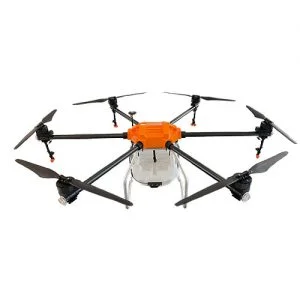
The future of agricultural drones for spraying promises further advancements and innovations:
Integration with AI and Machine Learning
AI and machine learning technologies will enhance the capabilities of agricultural drones, allowing for more accurate predictions and automated decision-making.
Improved Battery Life and Efficiency
Advancements in battery technology will extend the operational time of drones, allowing for longer flights and increased coverage.
Enhanced Data Analytics
Future drones will offer more advanced data analytics tools, providing deeper insights into crop health and field conditions for better decision-making.
Regulatory Developments
As drone technology evolves, regulatory frameworks will adapt to ensure safe and effective use of drones in agriculture, including guidelines for data privacy and airspace management.
Conclusion
Agricultural drones for spraying are revolutionizing modern farming by providing enhanced efficiency, precision, and sustainability. Their ability to optimize chemical application, reduce environmental impact, and improve safety makes them a valuable tool for contemporary agriculture. As technology continues to advance, the role of drones in agriculture is expected to expand, offering even greater benefits and opportunities for farmers around the world.
FAQ
Q:What are agricultural drones for spraying?
A:Agricultural drones for spraying are unmanned aerial vehicles equipped with spraying systems designed to apply pesticides, herbicides, and fertilizers to crops from the air.
Q:How do agricultural drones for spraying work?
A:Agricultural drones for spraying use GPS and mapping technologies to navigate fields, apply chemicals with precision, and collect data on crop health and field conditions.
Q:What are the benefits of using agricultural drones for spraying?
A:The benefits include increased efficiency, improved precision, reduced environmental impact, enhanced safety, and potential cost savings.
Q:What types of chemicals can agricultural drones spray?
A:Agricultural drones can spray a variety of chemicals, including pesticides, herbicides, and fertilizers.
Q:How do agricultural drones compare to traditional spraying methods?
A:Agricultural drones offer advantages such as faster coverage, more precise application, reduced chemical waste, and enhanced safety compared to traditional ground-based methods.
Q:What factors should be considered when choosing an agricultural drone for spraying?
A:Consider factors such as spraying capacity, flight time, coverage area, price, and specific features relevant to your farming needs.
Q:What are some future trends in agricultural drones for spraying?
A:Future trends include integration with AI and machine learning, improved battery life, enhanced data analytics, and evolving regulatory frameworks.

